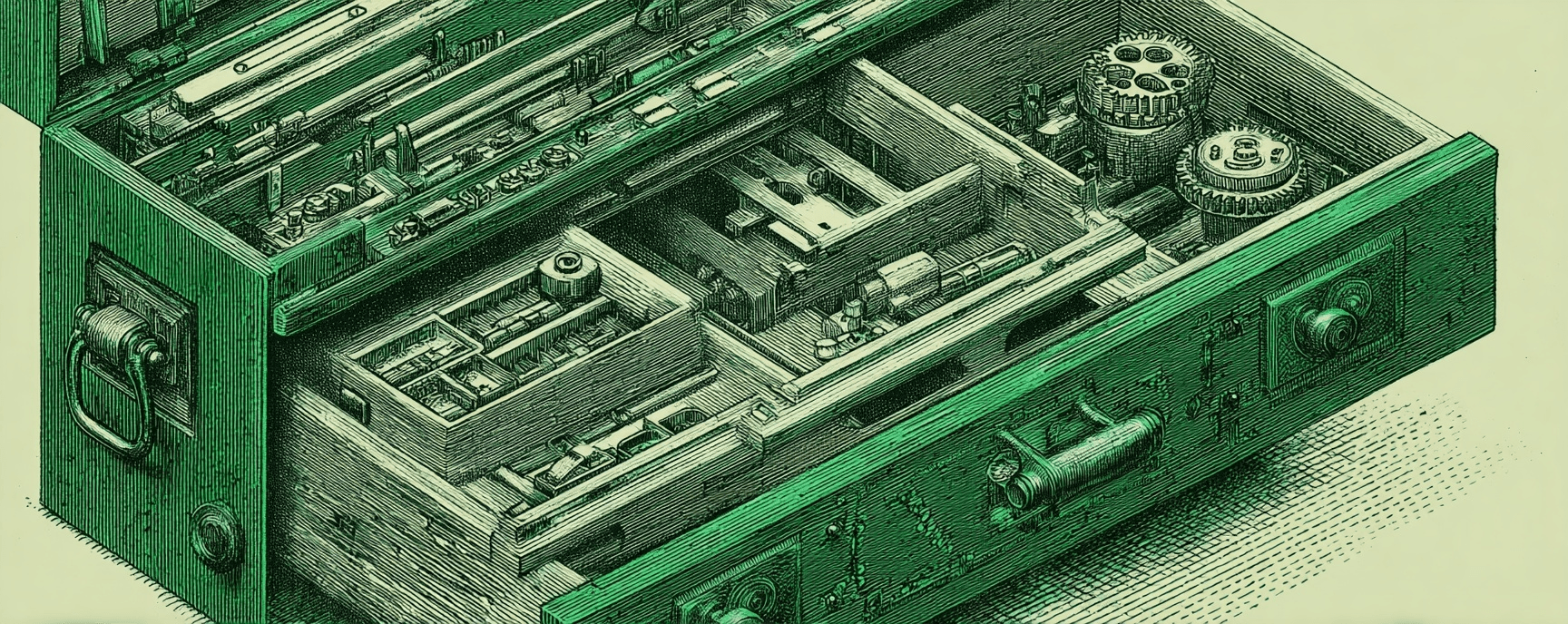Lessons for Adults from Curious George
Essays and updates on product, engineering, and AI by Chase Adams.
3 minute read
Curious George is one of our favorite bedtime routine reading characters. If you're unfamiliar with Curious George, he's a monkey that lives with a man with the yellow hat and is a representation of a toddler: affectionate, kind and...curious!
In all of the situations, George is constantly in discovery mode, which often results in a "big mess". The adults would scold him for making a mess, followed by them praising him if there was a positive side effect of the mess. These big messes never end in physical harm or safety issues, rather, they're an inconvenience to the adults (something almost always needs to be cleaned up).
My takeaways from this as a parent:
- In my experience as an adult, I constantly find myself wanting to maintain order, often at the expense of my daughter learning through experiences that would often end in a "big mess". I'm trying to be more aware of this and be okay with messiness, especially if it's an opportunity for her to grow.
- As an adult, I can also provide "bumpers" as often as possible for my daughter to experiment safely and when things feel like they're about to get messy, let it play out and not be upset about the mess.
- Curiosity is an important ingredient of play and growth. I believe this about myself as an adult and believe it to be true for children. My responsibility as a parent is to nurture and provide space for my daughter to be curious.
My takeaways from this as a parent for other parents:
- Wouldn't it be neat if there was a way to create "inserts" for existing Curious George books to help parents/adults think about how they can think through the experience to encourage the exploratory nature of kids?
- Wouldn't it also be neat if there was supplementary incident analysis inserts to go along with Curious George books? "what actions/assumptions/expectations led to the incident?", "how did George feel when he got in trouble?", "why did the adults scold George?", "what could they have done differently to nurture his exploratory nature?"
My takeaways from this as a working professional in software (especially in developer experience):
- Are there ways for me to help my organization grow through allowing individuals/teams to be curious without them feeling the fear of making a "big mess"?
- Are there bumpers I can provide to make it easier for others to experiment safely, so that they can grow, the organization can grow and the things they do to keep a mess from getting big?
When discussing with my wife about how the adults scolded George when he messed up, she asked "does it bother you that Curious George (the show) is that way?" My response was: "I actually think this is exactly how it should be because it models reality for both the exploratory nature of kids and how adults generally to try to maintain order. I just wish there was a better resource to help adults learn from Curious George too."
I'm using this as an opportunity to grow myself into being better at supporting my daughter (and myself) to experiment and grow through curiosity without being afraid of the mess!
This post is brought to you from the takeaways of a Slack conversation with my good friend Dave Cadwallader.
Build Your Website with AI—No Code Required
Learn to create and deploy professional websites using ChatGPT and Claude. Go from complete beginner to confident website builder.
